New tennis technology can be a game-changer
Douglas Robson, USA TODAY Sports 10:18 a.m. EST November 28, 2013
Former professional Gilad Bloom was breaking down my technique with the pedagogical flair that comes from a lifetime dedicated to playing and teaching tennis.
A slight hitch in my two-handed backhand. Late preparation on my forehand. Head position suggesting the worst sin of all -- taking my eye off the ball.
My 30-plus years of playing made me ... skeptical.
But with a few finger strokes no more taxing than swiping at a smartphone, Bloom backed up his critique almost instantaneously with video clips that indisputably supported his observations.
"Before, you needed a course in editing," said Bloom, an Israeli who reached a high ranking of No.61 in 1990 and now is director of tennis at a club in Riverdale, N.Y. "Even a computer moron like me can use it."
My session with Bloom this year was my first experience with PlaySight's SmartCourt, an eye-opening new technology aimed at the recreational market.
Like a slimmed down version of the service-line monitor Hawkeye, PlaySight uses high-definition cameras to digitally record and analyze many aspects of a tennis match or training session. And then some.
With five cameras (compared to Hawkeye's eight to 10) strategically placed around a court and no sensors attached to players, PlaySight's technology captures player and ball movement.
It can calculate game statistics, differentiate strokes automatically and process data via an auto-tagging technology with roots from the Israeli military. It even calls lines, blurting out "in" or "out."
The information — everything from serve speed to ball direction to shot distance — can be viewed in real time on a self-operated and user-friendly kiosk, or uploaded to a website and shared with coaches, friends or family.
"We are engineers," says PlaySmart CEO Chen Shachar, who, like his two founding partners, honed his skills developing advanced training systems for the Israeli Air Force. "We don't come from tennis."
No less a teaching authority than Nick Bollettieri has given the system a solid thumbs up after seeing it in action.
"That system is damn good," growled the famed octogenarian instructor, who added that an academy with adults, juniors and pros would be "a great place to test it at all levels."
When it comes to sophisticated analytics, tennis continues to lag behind most other major sports.
But Shachar hopes to have seized on this wide-open opportunity.
Unlike player analytics technology from companies such as SportsVision and SportVu — now a partner with the NBA — PlaySight is not aimed at the elite level.
It costs far less — around $10,000 to set up plus fees for usage — and doesn't require dedicated operators for use.
"To fulfill our vision of installing thousands of SmartCourts for the club level all around the world, we had to develop a system suitable for the masses, easy to set up, scalable and affordable to every club," said Shachar, who aims for market penetration similar to devices like Nike+, adidas miCoach and GoPro cameras for extreme sports.
So far, eight SmartCourts have been installed in the New York area with another 20 or so in the pipeline by the end of the year. Shachar is aiming for 4,000 installations by 2018.
Clients already include the French Tennis Federation, which is installing one at Roland Garros next month, and six-time Grand Slam winner Stefan Edberg, who recently purchased one for his tennis academy in Sweden. Shachar said he is in discussion with most major tennis federations, including the USTA.
"Its technology is very powerful," Edberg said. "It's a great tool as a coach or a player."
All this information delivered in real time would be a boon to any player, which is why it cannot be used in competition — for now.
Under rules adopted by the International Tennis Federation this year, all so-called "player analysis technology" must be approved for use. But that might not be far off, as PlaySight's developers have created a dedicated model to comply with the ITF's new regulations and expect to apply for use soon.
Eventually, Shachar would like to see his system in wide use on a competitive level — if for nothing else than to curb the bad calls, cheating and disruptive parental behavior at many junior tournaments, where lines are often called by the players.
But it is primarily a powerful teaching tool.
After my few games against Bloom, we walked up to the courtside kiosk where he quickly isolated on video every backhand, forehand and serve I had hit.
Told your backhand contact point is too cramped is one thing. Seeing it with video analysis a few minutes after you have finished is quite another.
"Every shot is documented," said Bloom.
PlaySight's SmartCourt also records a gaggle of other information -- court position, point patterns, yards run and calories burned. It can, for instance, demonstrate who is winning longer or shorter rallies, or mark the percentage of net approaches won.
Bloom said it is particularly helpful for the YouTube generation of youngsters immersed in video.
"It takes the awareness of mistakes to a new level and enhances progress by leaps and bounds," he said. "It also saves me a lot of yelling."
I was both convinced and impressed, and happy to learn much more experienced tennis minds agreed.
"In my 60 years, I haven't endorsed too many things," said Bollettieri, who has not officially endorsed PlaySight. "Most are gimmicks. This is not a gimmick."

Former professional Gilad Bloom demonstrates the PlaySight SmartCourt system.
(Photo: Douglas Robson, USA TODAY Sports)




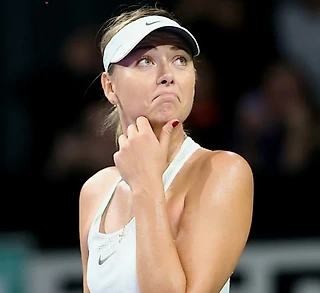
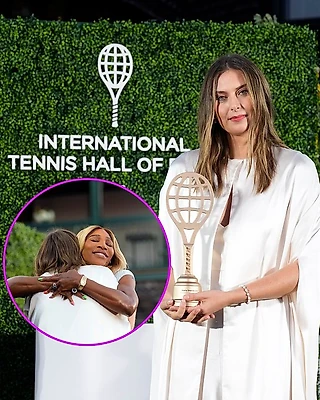
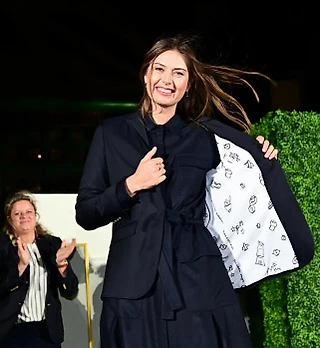
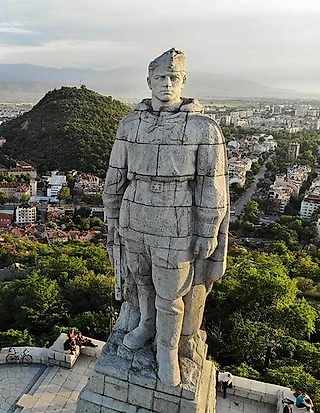
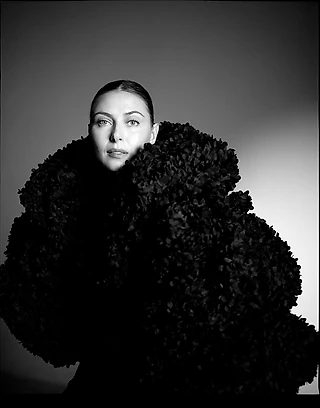
Она очень важная и интересная.
Сперва и автор подтверждает то, что я много раз, уже несколько лет, пытался убедить Вас - в области аналитики игры теннис далеко позади многих других видах спорта.
А на втором месте статья показывает технологию и устройство, которые могут быть поставлены на любом корте, и которые анализируют игру и ударов игроков, помогая им делать оперативные анализы технику ударов и многих других элементах игры, и накапливать данные для компьютерный анализ потом.